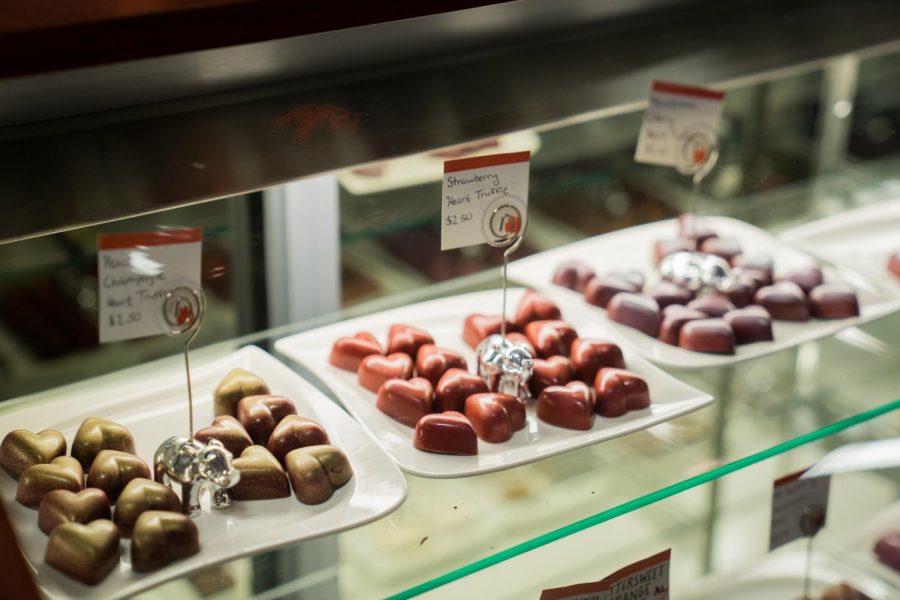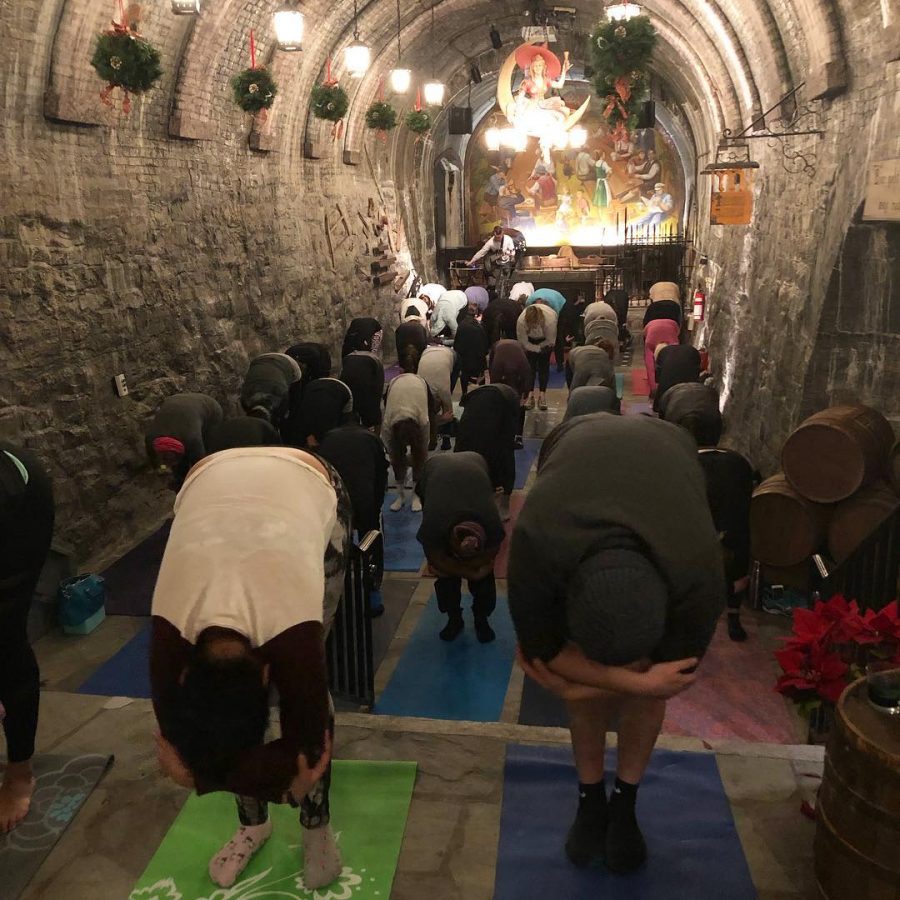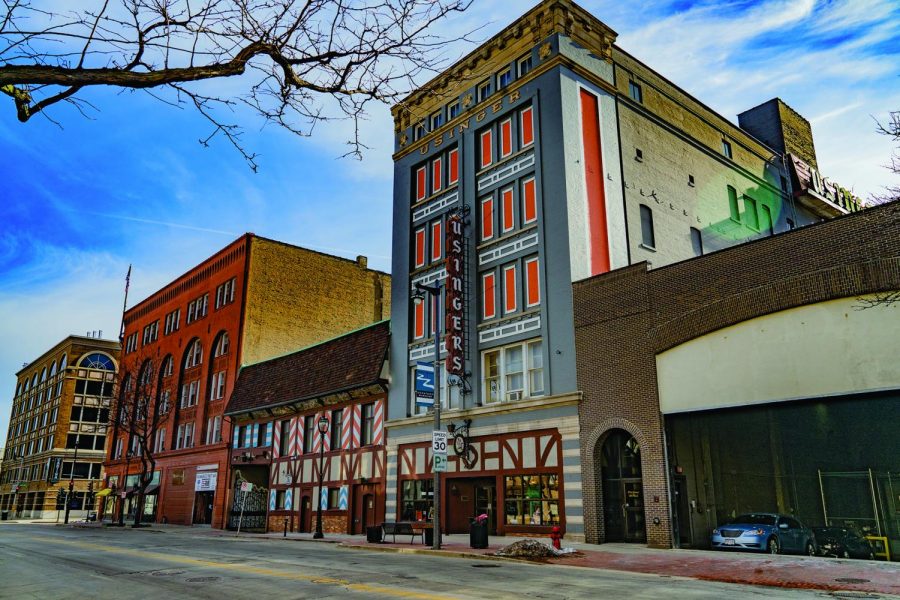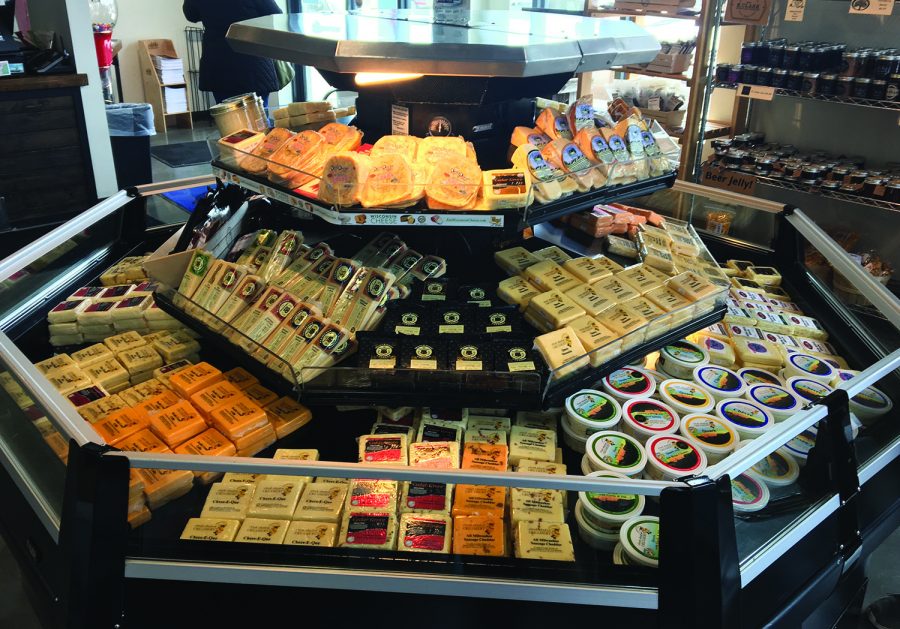
The typical image of a college beer is something cheap meant to be chugged via keg stand or beer bong. But in recent years a growing number of fraternity houses and college apartments have become their own microbreweries, taking the time to caringly craft specialty beers at home.
Ryan Knott, a senior in the College of Arts & Sciences, has brewed with his friends just off Marquette’s campus since leaving the dorms his junior year.
“Everyone is always busy but there’s always enough time to take a few hours with friends to start a new batch,” Knott said.
Knott still recalls the first time he tasted the results of his own brew.
“Right then it made so much sense why people brew their own beer: it’s relatively cheap — after you’ve invested in the equipment, your beer ends up costing about 50 cents a bottle — it tastes great, you can choose to brew exactly what you like to drink and it’s tons of fun to make with friends,” Knott said.
For Knott, one of the best benefits of home brewing is getting to name your creation.
“The names we give to our beers are fun to think up, too; our first batch was ‘Knotty Nut Brown Ale,’” Knott said. “Others were ‘Sacred Heart Irish Red Ale’ and ‘Oberammergauer Bayerische Hefeweizen.’”
The first steps to get into home brewing can seem daunting, but just eight miles from Marquette’s campus, Northern Brewer, is the new brewer’s best friend.
“College is usually when people start (home brewing),” said Molly Noyce, a Northern Brewer sales associate. “If you’re interested in beer it’s the best way to get to know about it. It also helps you taste beer a lot better.”
The West Allis brewing supply store provides everything necessary for crafting your own beer, mead, and wine and hosts regular events for brewers. The store holds introduction lessons for the uninitiated, brewing seminars and small competitions. Some recent classes include kegging, “going all grain” and an introduction to wine and mead making.
The store also sells starter kits ranging from about $50 to $150 depending on batch size and features.
“We have everything from one gallon starter kits to 50 gallon fermenters,” Noyce said.
Most kits include a fermenter, siphon, bottling supplies, detailed instructions on how to brew and a recipe kit for the shop’s Caribou Slobber Brown, Irish Red Ale or American Wheat Beer.
Buying the equipment is a barrier to entry for many college kids, but many find it pays off in the long run when they can enjoy a cheaper drink and experiment with different flavors and recipes.
Zach Meyer, a junior in the College of Health Sciences, used to help his father home brew in their basement and continues to brew on campus with friends.
“While (home brewing) can be a bit expensive to start since you need to buy all the necessary materials, eventually the cost comes down,” Meyer said. “You not only have a fun hobby you can enjoy with others, but you also don’t have to spend a lot of money to enjoy a quality beer.”
Right now, Meyer is brewing a pumpkin ale for fall and a White House Porter Ale, in honor of election season in November when the batch will be ready to drink.
The ale is inspired by a home brew made by White House staff for the president. Claiming to be the first alcohol distilled at the White House, the beer used honey tapped from a bee-hive on the South Lawn. The brew was crafted to celebrate the beers created by founding fathers like Thomas Jefferson and the growing number of American home brewers around the country.
This trend has come to college campuses more recently with schools, including the University of Wisconsin–Madison, starting home brewing clubs for students.
“(A brewing club) would be a great way to share advice with fellow brewers, and would give everyone a chance to try a broad range of beers,” Meyer said. “It could also help with some of the costs as members could share some of the materials as you often only use them about once a month or less. Considering we live in a city known for brewing beer, it only seems right to have a group for people to share their hobby of home brewing.”
John Hammetter, a professor of anthropology at Marquette, preempted the trend starting to brew at home in 1996. Hammetter has even grown his own hops in his backyard to get the German style beer he loves.
“In the Air Force stationed in Germany, I got to know what good beer really tasted like,” Hammetter said. “When I got home I decided American beer tasted like pisswater and home brews and sometimes microbrews are the only way to get good beer.”
Getting that good beer you want isn’t easy, however. It typically takes a day of work and undergoes a six-week fermenting process.
“If you start at 9 a.m. in the morning, you’ll be busy until 5 p.m. in the afternoon,” Hammetter said. “I recommend you have a big kitchen and a lot of time.”
Though the process may take time, home brewers around Marquette are spreading the word about the hobby.
“What I like about home brewing is the sense of achievement you get from making something enjoyable from scratch,” Meyer said. “It is a very laid back process that only takes a few hours on a weekend afternoon and when you’re all done you have a product that you can put your name on and enjoy with friends.”
A previous version of this article stated that Zach Meyer is a junior in the College of Arts & Sciences. Zach is actually a junior in the College of Health Sciences. The article has been corrected to reflect this.








